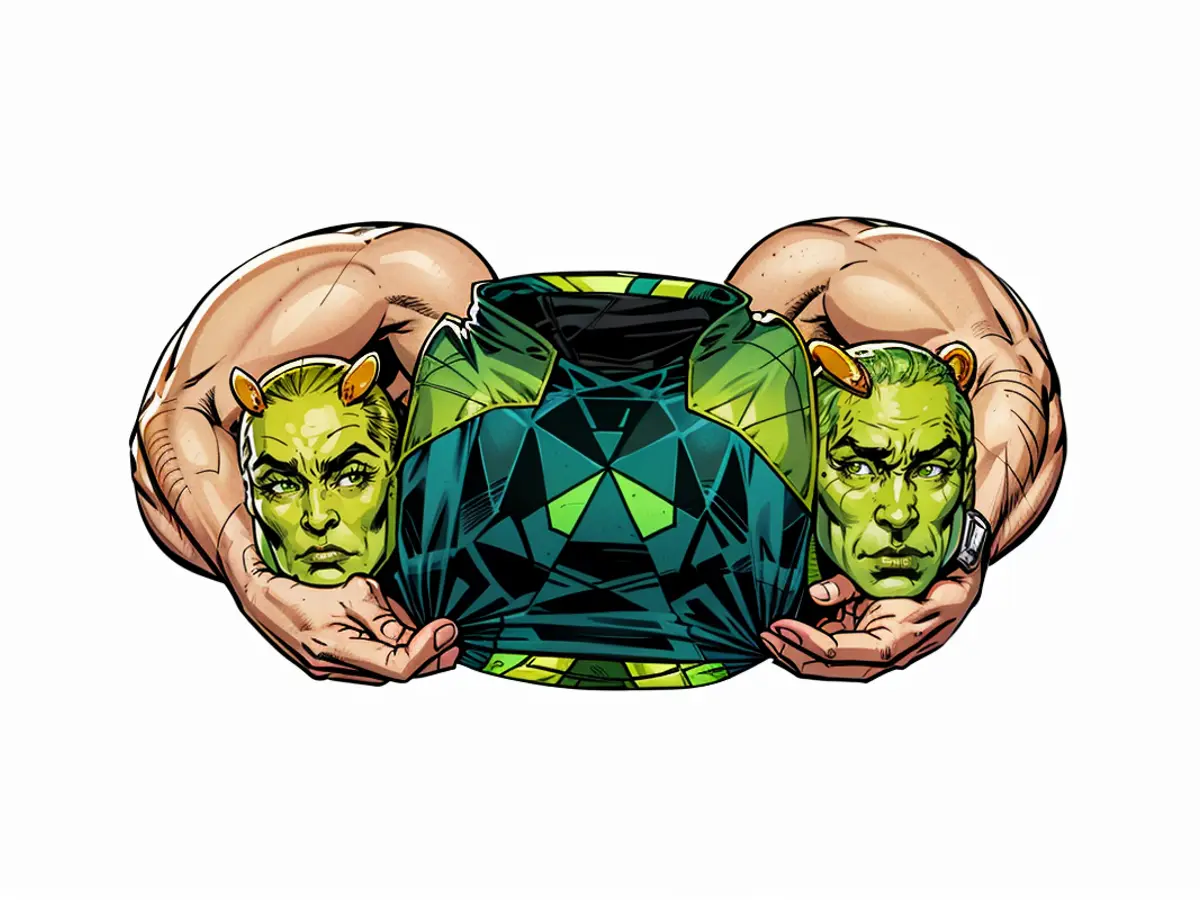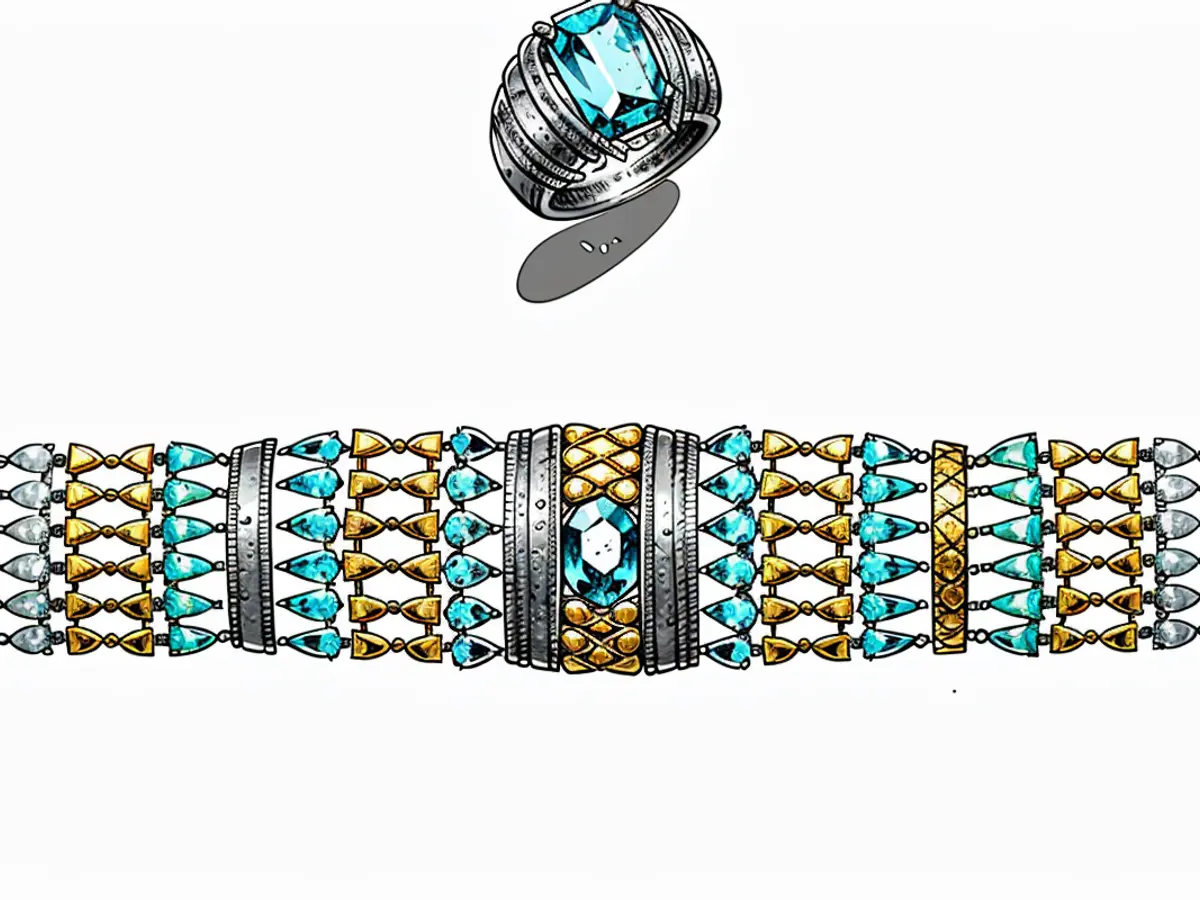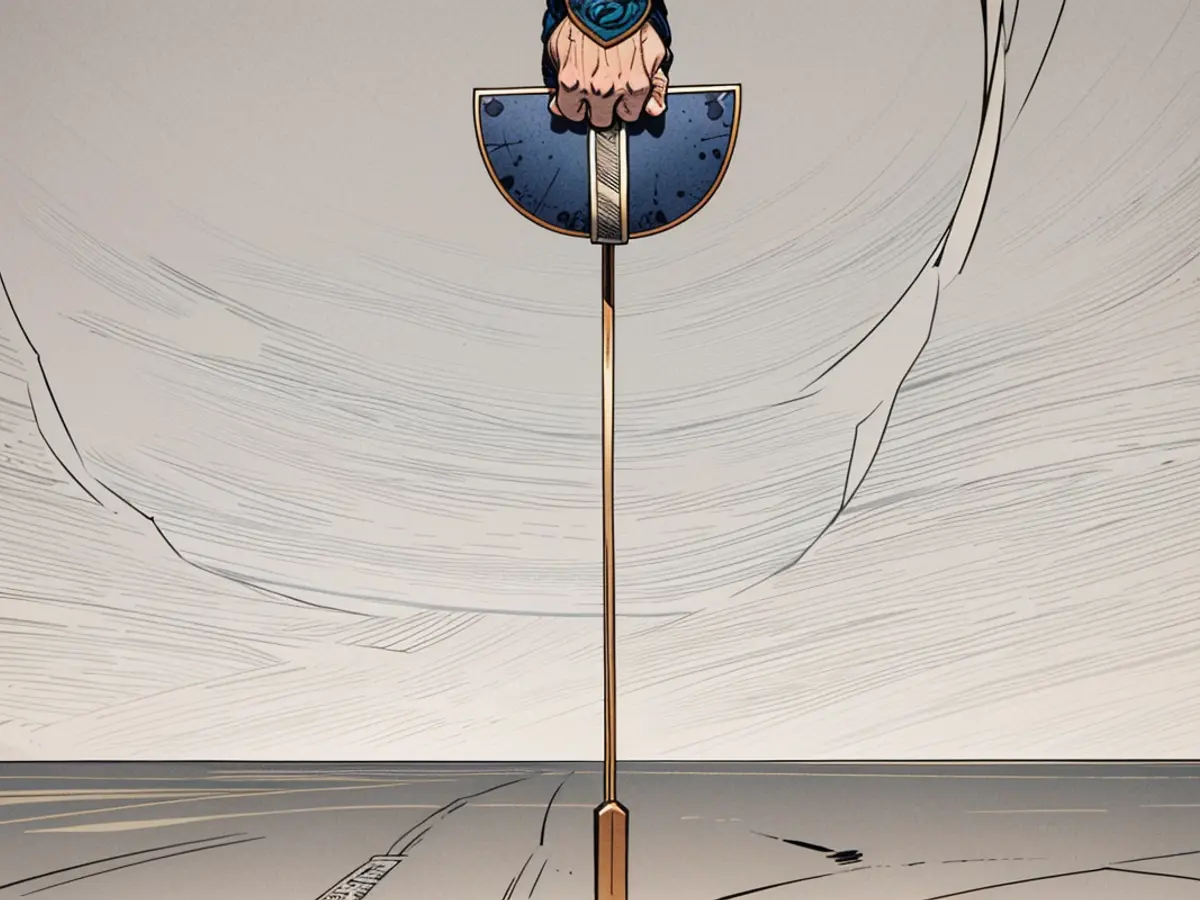Swap diamonds for these unrecognized gemstones that are gaining popularity.
In different regions such as Sri Lanka, Myanmar, Vietnam, Afghanistan, and some African countries, spinels are found. These gemstones come in a variety of colors including bright blue, pink, red, grey, green, and purple. Before their correct identification in the 18th century, red spinels were referred to as rubies. The 170-carat Black Prince's Ruby in the Imperial State Crown of the British Crown Jewels is actually a spinel. In 2015, Bonhams auctioned off the 50.13-carat Hope Spinel for a record-breaking £962,500 ($1.22m), making spinels gain widespread attention.
"Spinels have always been considered less important and thus more affordable," remarked Jennifer Tonkin, co-head of jewelry at Bonhams. She revealed that the most sought-after spinels are the bright red and hot pink ones from Burma and the rose-pink ones from Tajikistan. Rahul Kadakia, international head of jewelry at Christie's, also believes that pink and purple spinels will appreciate further in value. He pointed out that the escalating prices of the 'big four' gems have prompted buyers to seek alternatives, and spinels are becoming highly desirable.
The growing popularity of spinels is partly due to their distinct hues that capture the eyes of connoisseurs. "They have been a favorite gem of Mughal rulers," said Kadakia.
Lily Gabriella, a London-based jeweler, also praises spinels for their stunning array of colors. She admits witnessing a significant increase in their price, noting it's due to their rarity and aesthetic appeal. Spinels are typically sourced from small-scale operations, potentially making them less ethically concerning compared to other stones.

Charles Abouchar, director of Abouchar SA, a Geneva-based gemstone dealer, acknowledged that the rising demand for colored gemstones has resulted in a scarcity of high-quality specimens. "As rubies, sapphires, and emeralds have become expensive and infrequent, people have started buying other stones that used to be more affordable, significantly raising prices. Spinels and Paraiba tourmalines have experienced a growing demand over the last decade," he noted.
Paraiba tourmalines, discovered in the 1980s in a now-depleted mine in Brazil, stand out due to their distinct electric turquoise color resulting from traces of copper. Experts speculate that only a Paraiba tourmaline is mined for every 10,000 diamonds. Despite a similar hue found in Madagascar, the rarity of Brazilian stones has caused prices to soar. "Top-quality Paraiba tourmalines reached $75,000 per carat in 2022, which is a massive jump from $4,800 per carat in 2009," shared Tonkin from Bonhams.
Roberto Boghossian, Managing Partner of Boghossian, a jewelry firm, attests to the doubling of Paraiba tourmaline prices in the last three to five years. He attributes the price increase to their rarity, beauty, and enduring allure. The neon glow makes Paraiba tourmalines an attractive alternative to traditional gemstones. Moti Ferder, founder of Lugano Diamonds, first started working with Paraiba tourmalines over 20 years ago. "There's something uniquely enchanting about them – they're extremely rare and visually stunning," he gushed. He anticipates continuous growth in value as demand heightens and supply diminishes.

For those who can't afford Paraibas, Olivia Young is stocking up on tourmalines from Afghanistan. These newer deposits yield surprisingly stunning bi-chrome material that's blue-green in one direction and grass-green at a 90-degree angle, according to Young. "They are the most exquisite and vibrant gemstones I've ever seen," she exclaimed.
Lucy Crowther, gemmologist and founder of Minka Jewels, also appreciates blue-green tourmalines. She discovered them 15 years ago in India and still operates as a supplier of high-quality examples. "These stunning, clean tourmalines truly moved me when I found them," said Crowther. She specifically selects these rare finds for unconventional engagement rings and colorful cocktail rings. "With lab-grown diamonds becoming increasingly popular, it becomes even more compelling to stand out with something natural and unique."

Read also:
In the world of jewelry, pink and purple spinels are predicted to increase in value due to their scarcity and aesthetic appeal, making them a desirable alternative to traditional gemstones in the luxury market. This trend aligns with the growing demand for unique and less ethically concerning gemstones, as high-quality rubies and sapphires become infrequent and expensive.
The escalating popularity of spinels and Paraiba tourmalines is not only driven by their rarity but also by their stunning colors that capture the eyes of connoisseurs. Luxury jewelry firms, such as Boghossian, have recognized the enduring allure and visual beauty of Paraiba tourmalines, significantly increasing their prices in recent years.








